The Victoria and Albert Museum's new East Storehouse in London is redefining the traditional museum visit by granting the public direct access to over 250,000 objects, 350,000 books, and 1,000 archives from its extensive collection. Unlike conventional museums, visitors are encouraged to touch many items and can even book one-on-one "Order an Object" sessions with specific artifacts, such as a 1954 Balenciaga gown or a Vivienne Westwood sweater.
Situated in the city's reimagined Olympic Park, the Storehouse is part of a larger cultural district developed after the 2012 Games, aiming to engage local communities and promote transparency in museum practices. Designed by the firm behind New York's High Line, the building showcases oversized pieces like Picasso stage curtains and Mughal architecture. The site also will host the upcoming David Bowie Center.
Emphasising openness, the museum features displays on conservation work and allows viewing of staff activity, aligning with its mission to make the entire national collection accessible to everyone. This innovative approach challenges the traditional notion of museums as places where visitors are passive observers, encouraging a more interactive and engaging experience.
The V&A East Storehouse's commitment to accessibility and community engagement reflects a broader trend in the museum sector towards inclusivity and transparency. By providing unprecedented access to its vast collection, the museum aims to foster a deeper connection between the public and the artefacts, encouraging learning and appreciation of cultural heritage.
As the museum continues to evolve, it sets a new standard for how institutions can interact with their audiences, paving the way for a more participatory and immersive cultural experience. The V&A East Storehouse stands as a testament to the potential of museums to adapt and innovate in the 21st century, offering a model for others to follow.
